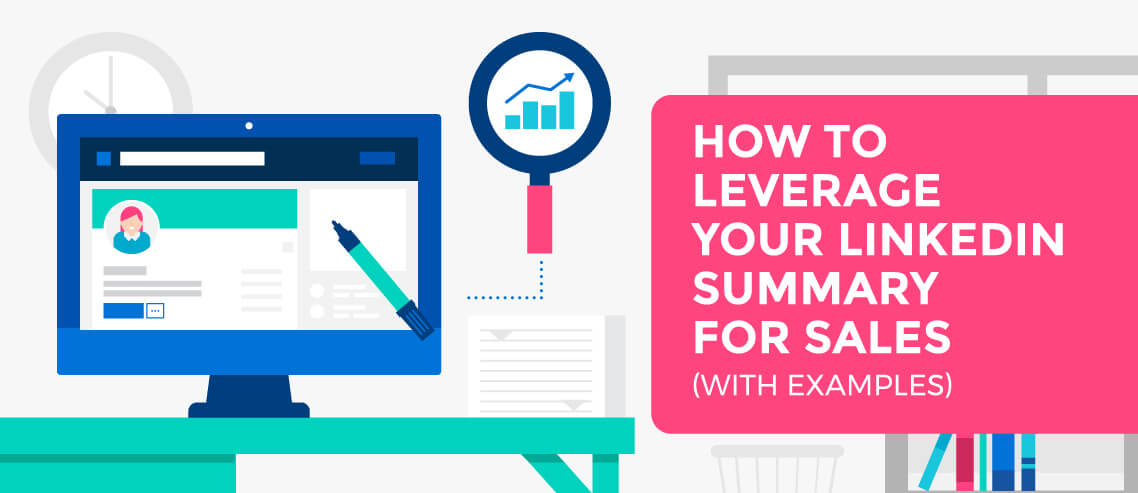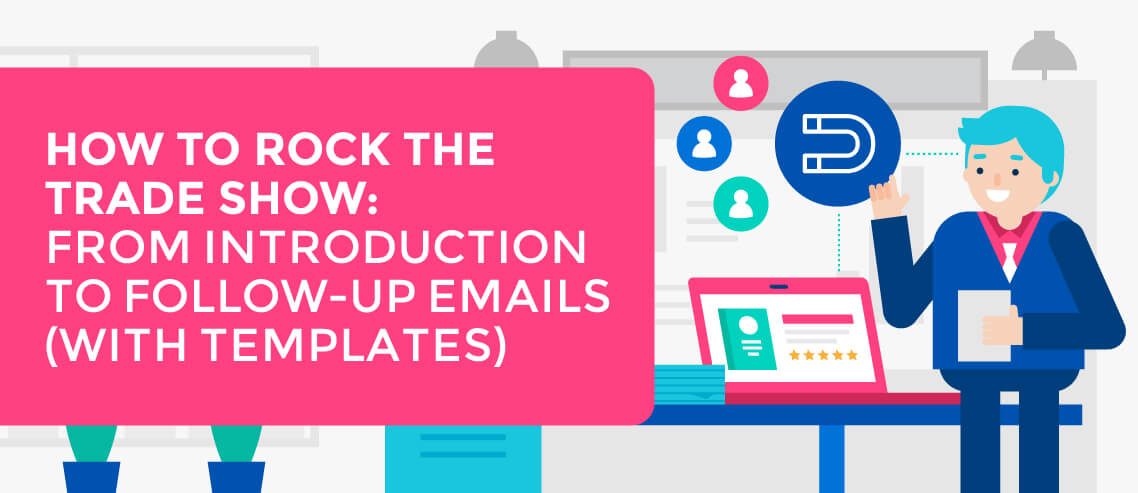How to Use BANT to Qualify Sales Prospects in 2021
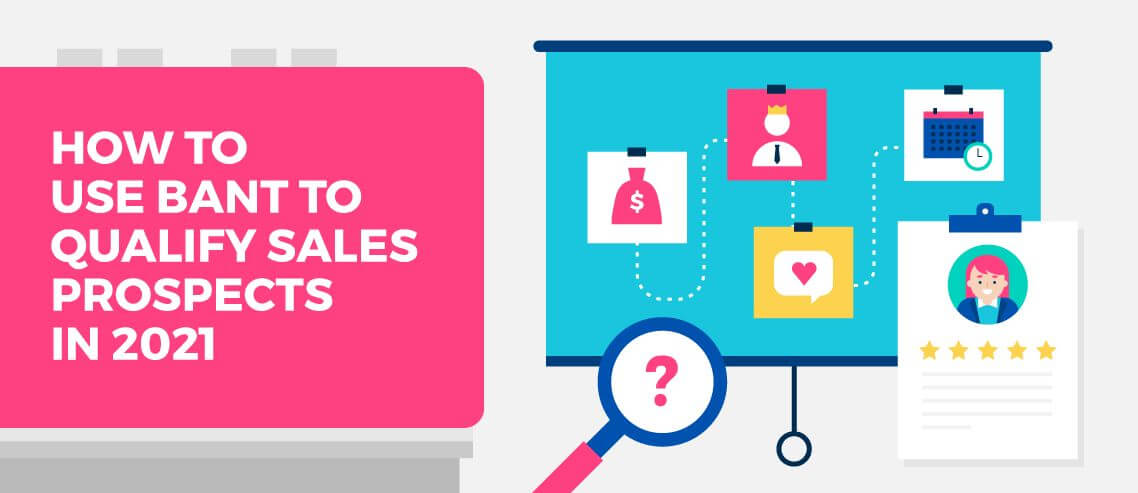
Contents
One in five salespeople say the hardest part of their job is qualifying prospects.
That’s kind of worrying, because it’s also one of the most vital elements of the sales process.
Get your qualification wrong, and you’ll waste a ton of time speaking to prospects who were never a good fit for your product in the first place.
Or, even worse, you might disqualify prospects who actually would have made ideal customers.
BANT provides a framework for getting the qualification piece right each and every time. Here’s how to do it:
What Is BANT?
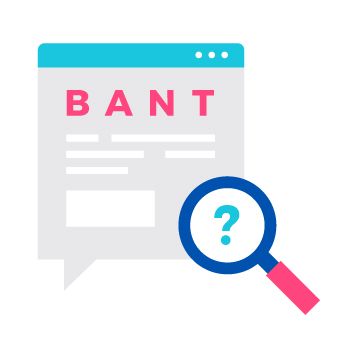 BANT is a framework that helps you determine the suitability of a lead for your product, and which of your leads should be given priority over others.
BANT is a framework that helps you determine the suitability of a lead for your product, and which of your leads should be given priority over others.
Now, it’s hardly the only lead qualification framework. There are lots of others. But BANT is particularly popular because it’s super adaptable and has a consistently high success rate.
It’s also simple to explain and implement, which makes it a big hit with sales leaders.
BANT stands for:
- Budget
- Authority
- Need
- Timeframe
Clearly, that doesn’t mean a lot without context, so here are the considerations that go into each section:
Budget
This is about establishing whether your prospect can actually afford your product.
But more than that, it’s also about understanding whether the financial decision-maker sees your product – and the benefits it provides – as a priority.
Budget-holders have a lot of people asking them for money. If they don’t see your solution as more of a priority than other areas, they won’t allocate the budget for it.
Authority
Does your lead have the authority to make a buying decision?
The larger the business, the more people are likely involved in the decision-making process. So even if your lead sits in the C-suite, they may not be able to commit without first running it by a buying committee – particularly if your product requires a major financial commitment.
Need
Does the solution you’re proposing meet your lead’s requirements?
This one is rarely a “yes/no” answer. Different people within your lead’s organization may have different needs. One decision-maker might think scalability is the most important factor; another may prioritize cost and return on investment.
As the salesperson, it’s ultimately your job to understand each of those “needs” through intelligent questioning and present a solution that satisfies all stakeholders.
Timeframe
Is your lead working to a realistic deadline?
This can go one of two ways. If their timeframe is too tight, you won’t have time to implement it. If it’s too long, you risk losing momentum on the sale – plus, the extended sales cycle and all the additional touchpoints involved might mean that this deal just won’t be cost effective for you.
Either way, you can avoid unworkable timelines by discussing key future dates and working backward by adding important milestones.
What Are the Benefits of Using BANT?
 Ultimately, sales teams adopt BANT because it helps them qualify prospects more accurately, which in turn helps them close more deals.
Ultimately, sales teams adopt BANT because it helps them qualify prospects more accurately, which in turn helps them close more deals.
What makes BANT stand out from all the other lead qualification frameworks?
Here are some of the biggest benefits:
- Adaptability: Whether you’re a marketing agency or a SaaS company, a tiny startup or an enterprise, the rules of BANT are broad enough that they can be readily adapted to your sales operation.
- Efficiency: Meetings, reporting, updating your CRM. Salespeople have a ton of distractions. So it’s vital that their efforts are focused on the prospects who are most likely to buy from you. BANT helps you identify those prospects.
- Simplicity: BANT is simple to explain and remember. That makes it much more likely your sales team will stick to the framework consistently. It’s also easy to get new hires up to speed quickly.
What Are the Best BANT Lead Qualification Questions?
Much of the beauty of BANT lies in its flexibility – the questions you ask at each stage can be tailored to generating the specific answers you need to hear.
However, there are some proven approaches to questioning that will help you separate the high-priority, highly qualified prospects from those who, for whatever reason, just aren’t a good fit.
Use the following questions as a starting point for qualifying leads using the BANT framework, keeping in mind that they don’t necessarily need to be asked in this order – in fact, questions around budget are generally better left to the end of a qualifying call.
1. Budget
- How much do you currently spend on this problem or need?
- How much will price factor into your decision-making process?
- Have you already defined a budget range for this purchase?
- Which departmental budget does this money come from?
- Who has overall responsibility for financial decisions in this part of the business?
- What does your budget allocation process look like?
- How much would it cost you if this problem or need isn’t resolved in 12 months?
- Could you theoretically build a solution yourself? If so, how long would it take? How much would it cost?
- What level of ROI are you hoping/expecting to see from a solution?
- From our calculations, it looks like your problem/need is currently costing you X amount per month. How does that align with the budget you’ve committed for a solution?
2. Authority
- Which team/department will be the primary users of our product?
- Will any other business functions be using it?
- Which team member(s) will ultimately decide if implementing our product was a success?
- Who will be involved in the decision-making process?
- Do one (or more) of those people hold greater authority for the buying decision?
- When did you most recently buy a similar product? What was it? And what did the decision-making process look like?
- For the next stage, I’d typically also speak to [the client’s main decision-maker; the prospect’s manager; other internal stakeholders] to better understand their priorities. Are you happy to invite them to our next meeting?
3. Need
- When did you first identify your business need or problem?
- How did you identify it?
- What have you done to resolve it so far?
- How big of a priority is it for your company to solve this problem right now?
- What will be the business consequences of failing to overcome the problem you’re facing?
- If you fail to address this problem, what will be the impact on your personal ambitions and goals? What would it mean for your department?
- What do you most hope to achieve by implementing our solution?
- What was the biggest motivator in you looking for a solution?
- Why is it important that you find a solution now?
- Outside of this process, what are your biggest priorities right now?
- How high up your list of priorities is this conversation?
4. Timeframe
- What barriers to implementation exist within your organization? For example, are you currently working with a different provider who you’ll need to leave?
- How does implementing a solution fit in with your future strategy and objectives?
- Speaking realistically, when do you want this problem to be solved?
- Do you have the capacity and budget to begin implementation next week?
- What internal events or considerations are impacting your timeline? E.g. launch events, marketing campaigns, recruitment campaigns
- What external events or considerations are impacting your timeline? E.g. holiday periods, seasonality
- Once I’ve spoken to all the stakeholders on your side, how long will it take for you to make a decision?
- Taking all those considerations into account, it sounds like we’d need sign-off on your decision by [date]. Does that work for you?
What to Avoid When Using BANT to Qualify Sales Prospects
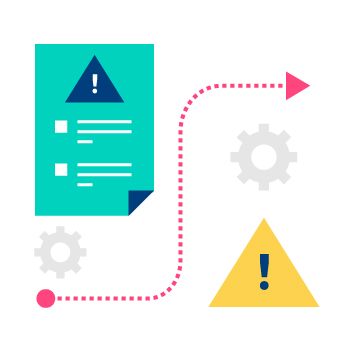 There are a few key stumbling blocks to avoid along the way, too. At best, those stumbling blocks will make the BANT framework far less effective for your organization. At worst, they might actively hamper the performance of your sales team.
There are a few key stumbling blocks to avoid along the way, too. At best, those stumbling blocks will make the BANT framework far less effective for your organization. At worst, they might actively hamper the performance of your sales team.
Here are some common issues to steer clear of when training your sales reps on using BANT:
- Treating BANT as a regimented list of questions: The best salespeople are able to think on the fly, adapting their approach and questioning to the needs of the prospect and the answers they give. BANT shouldn’t be a barrier to that; your team should still be asking reasoned, intelligent questions that build on the responses of the prospect.
- Missing opportunities to dig deeper: To expand on the last point, your list of BANT lead qualification questions should get you most of the information you need – but it won’t get you all the way. If you see an opportunity to go more in-depth on a certain point, do it. And don’t be afraid to repeat or reframe questions if you haven’t got all the detail you require.
- Sticking to the same structure every time: BANT provides you with a repeatable framework, but you should feel free to mix up the order or structure every time to meet the needs of your prospect. If timeframe looks like being a major challenge, don’t wait until the end of your meeting to bring it up.
What’s the biggest reason you’re looking to adopt the BANT prospect qualification framework? Let me know in the comments below!


